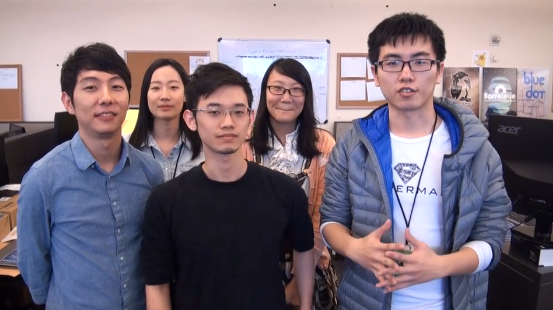Before Wednesday, we were preparing for Quarters. First of all, we clarified the elevator pitch, as we had to introduce our project in short sentences to guests: Team Traffic is creating a car design game where players can modify and change the design by Autodesks’ AI driven design system. Car performance data will be collected in the game and feeds into the system to obtain a new design.
Technically, we implemented a falling down test facility with jumping and turning tests. Originally we removed the engine since we didn’t want too many factors, but later on when we finalized the basic game mechanism, engine was an important element, so we added it in. On the game design side, the new and finalized idea is the following:
Players will be given several pre-generated chassis designs and they need to pick one to do some tests. Then we will give some feedback for the test. If they are happy, they can send the data to Dreamcatcher to generate a new chassis, then to challenge a bronze, silver and golden competition. If they are not satisfied, they can re-customize the settings, let Dreamcatcher design, and repeat the process. For the competition, they will have to understand some trade off and compromise in order to design a chassis that can do multiple tasks.
We presented our new game design as well as the demo 2.0 to guests during Quarters and guests were all very impressed. Most of them thought this was a brand new topic and we were on the right way. We also presented the new design and demo to our guests. They were surprised and they also gave us very valuable feedback. They suggested that we could keep the free falling down part, since it is inevitable and reasonable to let players experience and test against the nature of earth. In addition, they suggested us to contact with Emotiv, trying to get one of their headsets and explore the possibility to integrate it within the game. A special note is that Michael Sturtz (http://michaelsturtz.com/) was also impressed by our project, so he welcomed us to visit his lab at Stanford University, where locates a immersive driving simulator.

After Quarter, we created 3D track models for all three tasks and programmers tried to implement demo 3.0 in which actual force data will be collected and fed into Dreamcatcher. We also scheduled with Mickey to experiment with Dreamcatcher next week, and finally we got the access to Hack Rod project’s data folder where we can find a lot of useful data and parameters to start with.
